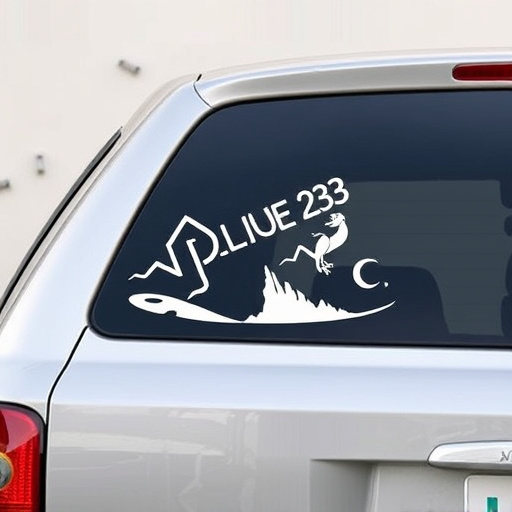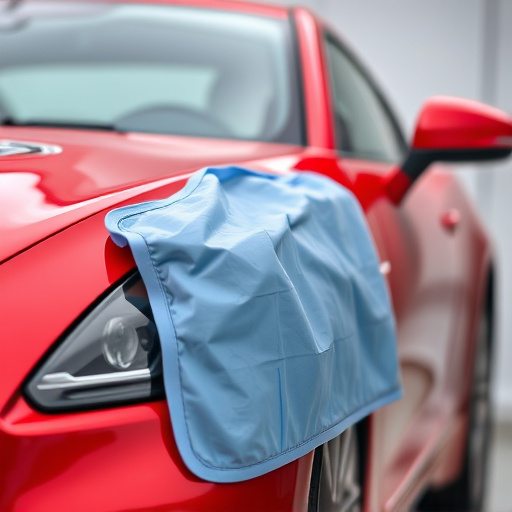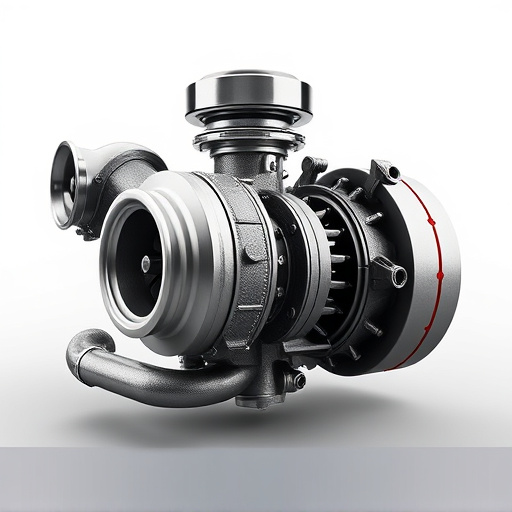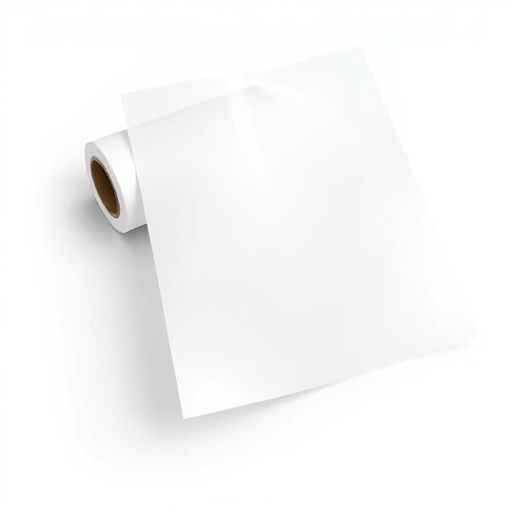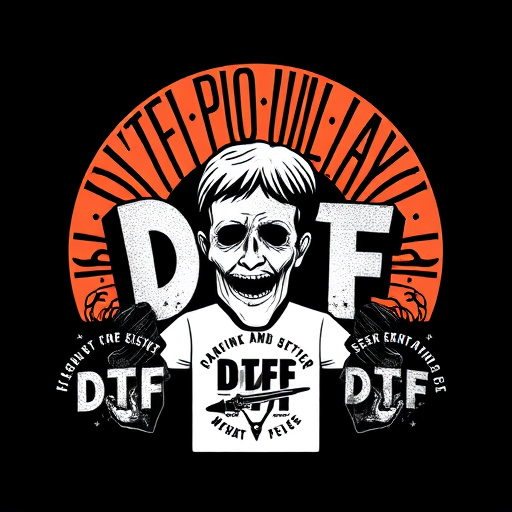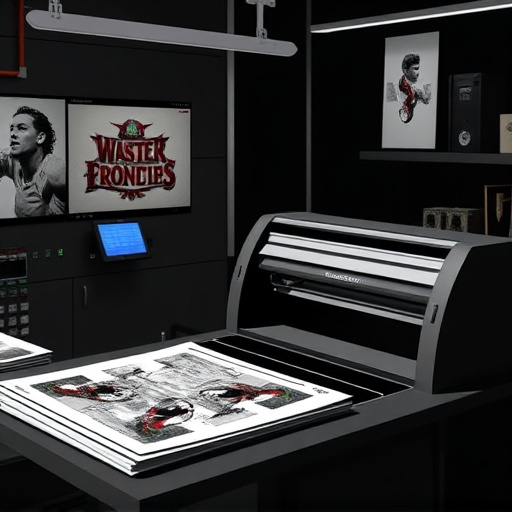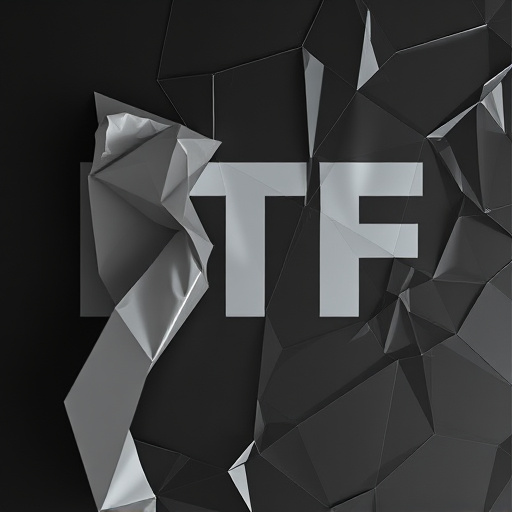DTF Printing Equipment is tailored for direct-to-garment (DTG) printing, allowing businesses to offer custom apparel services. Key components include modern printers with piezo or thermal heads, versatile ink systems, heat presses, and user-friendly software. High-quality prints require precise engineering, multi-color technology, strong bond inks, efficient drying, and temperature-controlled heat presses. Choosing equipment with specific features like print head tech, size, fabric compatibility, and ink capabilities ensures optimal performance for bulk orders and custom gang sheets.
Discover the secrets behind achieving exceptional results with DTF (Direct-to-Film) printing equipment. This comprehensive guide breaks down the essential components that contribute to top-quality printouts, ensuring precise and vibrant designs. From understanding the foundational elements of DTF printing to navigating key features in printers, you’ll explore what matters most in selecting the right equipment for your needs. Elevate your printing experience with these insights into cutting-edge DTF Printing Equipment.
- Understanding DTF Printing Equipment: The Basics
- Essential Components for Superior Quality Printouts
- Choosing the Right DTF Printer: Key Features to Consider
Understanding DTF Printing Equipment: The Basics
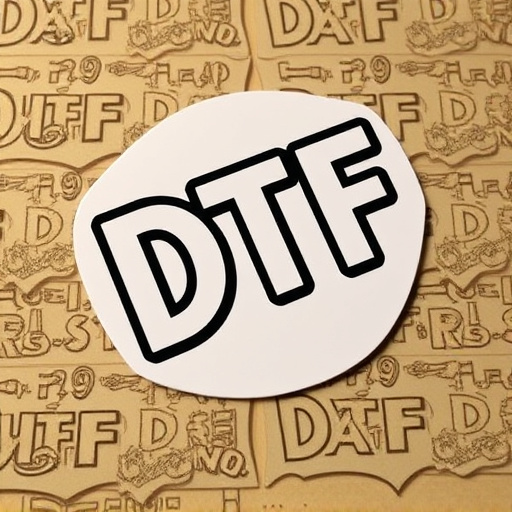
DTF Printing Equipment is a specialized system designed for direct-to-garment (DTG) printing, enabling businesses to offer custom apparel and product decoration services. Understanding its basic components is crucial for selecting the right machinery for your DTF online ordering and DTF printing services. At its core, this equipment consists of several key parts: printers, ink systems, heat presses, and design software.
Modern DTF printers are versatile, capable of handling various print media and materials, from fabric to paper. They utilize advanced technology, such as piezoelectric or thermal printing heads, to precisely deposit ink onto the surface. Ink systems play a vital role in achieving accurate DTF color matching, with options like eco-solvent, UV, or latex inks catering to different printing needs and preferences. Heat presses are used to apply the printed design onto garments or other products, ensuring long-lasting durability. Additionally, user-friendly design software allows for easy creation, editing, and management of print jobs, streamlining the entire DTF printing services process.
Essential Components for Superior Quality Printouts
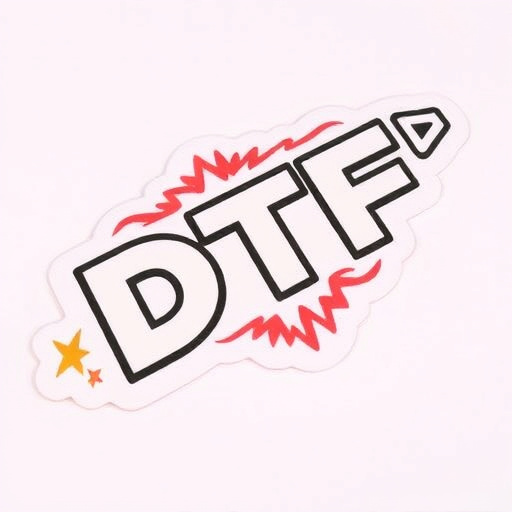
When it comes to achieving superior quality printouts with DTF (Direct-to-Garment) printing equipment, several essential components play a pivotal role. Firstly, the printer itself should be built with robust materials and precision engineering, ensuring consistent and accurate color reproduction across various fabrics. Advanced printers often incorporate multi-color printing technology, allowing for seamless blending of colors, which is crucial for achieving vibrant and true-to-life images on custom dtf transfers.
Moreover, the ink system is another critical aspect. High-quality DTF printing equipment utilizes specialized inks designed to bond strongly with fabrics while maintaining exceptional color matching capabilities. The speed at which these printers can produce results matters too, especially in scenarios demanding fast delivery. Efficient drying mechanisms and heat press units that deliver precise temperature control are also essential components ensuring the final product meets the highest standards of quality and durability.
Choosing the Right DTF Printer: Key Features to Consider
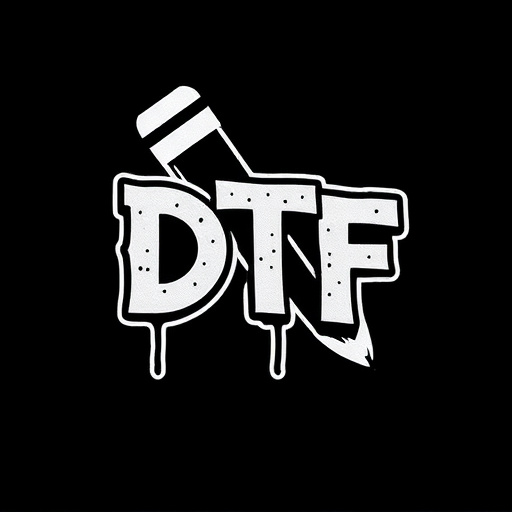
When selecting a DTF (Direct to Fabric) printing equipment, several key features should guide your decision to ensure optimal performance and efficiency for your intended applications. Firstly, consider the printer’s print head technology, as it significantly influences print quality and speed. Modern DTF printers often employ piezoelectric or thermal print heads, each offering unique advantages in precision and ink deposition. Additionally, the size and format of the printing area are vital considerations, especially if you plan to handle diverse fabric types and sizes for dtf bulk orders or custom dtf gang sheets.
Another critical aspect is the printer’s capability to accommodate various fabric materials. Different fabrics demand specific settings and inks for optimal transfer of dtf artwork transfers. A versatile printer that can handle a wide range of fabrics, from cotton to polyester, ensures you can cater to diverse client needs without requiring multiple machines. Moreover, look into ink capabilities; some printers offer a broader color gamut or specialized inks for enhanced durability and vibrant prints, which are essential when producing high-quality custom dtf gang sheets.
DTF (Direct-To-Fabric) printing equipment is a game-changer for those in the textile industry, allowing for vibrant, high-quality designs on various fabrics. To ensure top-notch results, understanding the key components and choosing the right printer is essential. By considering the essential elements discussed in this article—from printhead technology to ink types and media compatibility—you can select the perfect DTF printing equipment to meet your needs and produce exceptional fabric prints.
